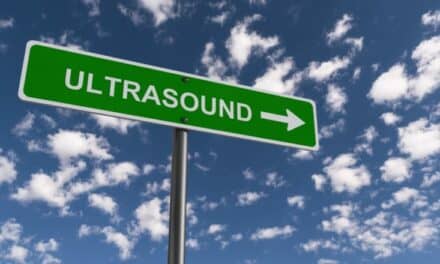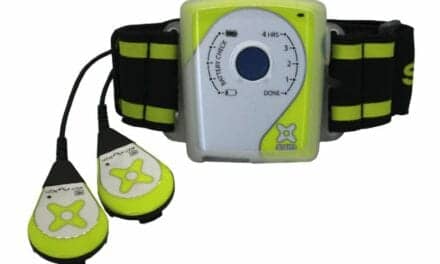A meta-analysis of various nonsurgical treatments for tennis elbow suggests that the treatments are not better than placebos, and may increase the patients’ risk of adverse events.
The study, published recently in the American Journal of Sports Medicine, compared 11 nonsurgical treatment options—including physical therapy, acupuncture, oral anti-inflammatory medications, local botulinum toxin injection therapy, ultrasound, and laser therapy—with the use of placebo treatments, such as saline-filled injections, inactive sugar pills, or inactivated therapeutic devices.
“All 11 treatment options provided only small pain relief, while increasing the odds of adverse events,” says Ara Nazarian, PhD, a principal investigator in the Center for Advanced Orthopaedic Studies at BIDMC and Associate Professor of Orthopaedic Surgery at Harvard Medical School.
“More than 90 percent of the patients given placebo experienced pain resolution after four weeks,” he adds, in a media release from Beth Israel Deaconess Medical Center.
Nazarian and colleagues analyzed findings from 2,746 participants in 36 randomized, placebo-controlled studies evaluating 11 non-surgical treatment options for tennis elbow. The team looked at the treatments’ effects on pain and grip strength at within 4 weeks of diagnosis, between 5 and 26 weeks after diagnosis, and more than 26 weeks after diagnosis.
Only studies in which treatments given as placebo (such as saline-filled injections, inactive sugar pills, or inactivated therapeutic devices) were included in the analysis—those in which placebo was defined as no treatment or “watchful waiting” were excluded.
The team found that 99% of patients receiving only placebo reported little to no pain by 26 weeks after diagnosis. Next, using a meta-analysis method that allowed head-to-head comparison across treatments, Nazarian’s team found that none of the treatment modalities demonstrated any significant benefit within 4 weeks of diagnosis.
Five to 26 weeks after diagnosis, patients who underwent laser therapy or had local botulinum toxin injections reported trivial but statistically significant pain relief compared to the other treatment options. However, beyond week 26, only patients treated with shock wave therapy reported any long-term benefit compared to the other treatment modalities, while those who underwent cortico-steroid injections complained of worse pain than patients receiving placebo.
Further, the scientists demonstrated that the risk of adverse events was about the same across the 11 treatment modalities. However, the overall odds of an adverse event in all treatment groups were significantly higher than the placebo groups, the release explains.
“That implies that, for most patients, tennis elbow is a self-limiting condition,” states corresponding author Amin Mohamadi, MD, MPH, a post-doctoral research fellow in the Nazarian lab at BIDMC.
“We evaluated almost all of the nonsurgical treatments available for tennis elbow and showed that they provide only minimal effect over placebo. Because almost all patients reported only minimal pain after the first 4 weeks, clinicians treating patients with tennis elbow may consider opting for a pain relief regimen to manage symptoms on a patient-to-patient basis.”
The scientists note that patients who work as manual laborers and those who present with worse baseline pain may benefit from treatment sooner rather than later. However, randomized, placebo-controlled trials are necessary to determine best-practices for these high-risk populations.
“Even though this is not evaluated directly in our study, manual laborers who are in acute and intense pain may benefit from an intervention to go back to their full function sooner,” Nazarian adds. “Based on this analysis, our overall recommendation is ‘wait and see.’ However, for some groups ‘wait and see’ may not be a feasible option, so we recommend for these groups an intervention that is most effective in short-term.”
[source(s): Beth Israel Deaconess Medical Center, Science Daily]





